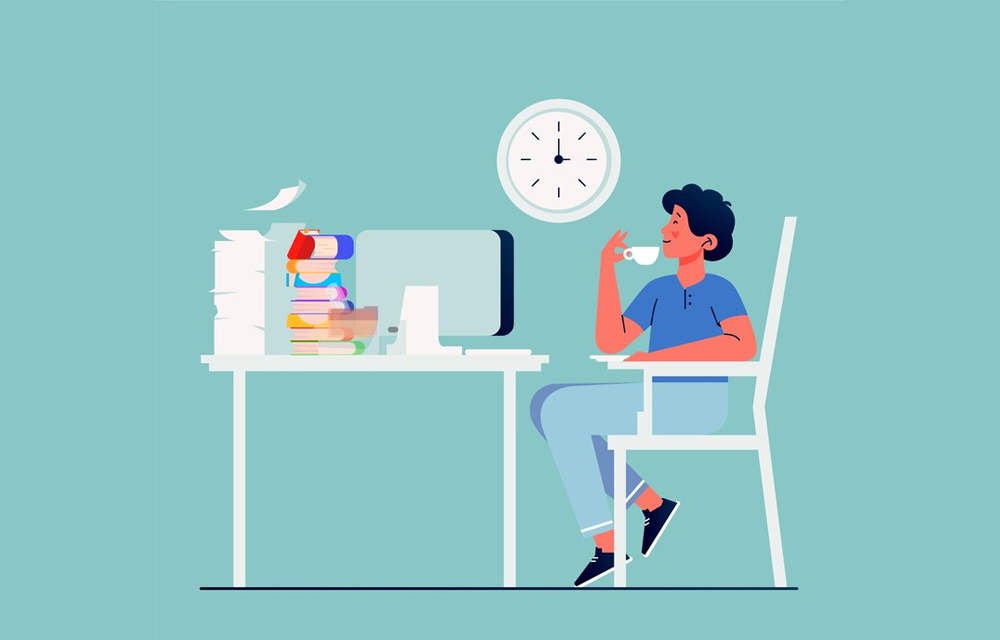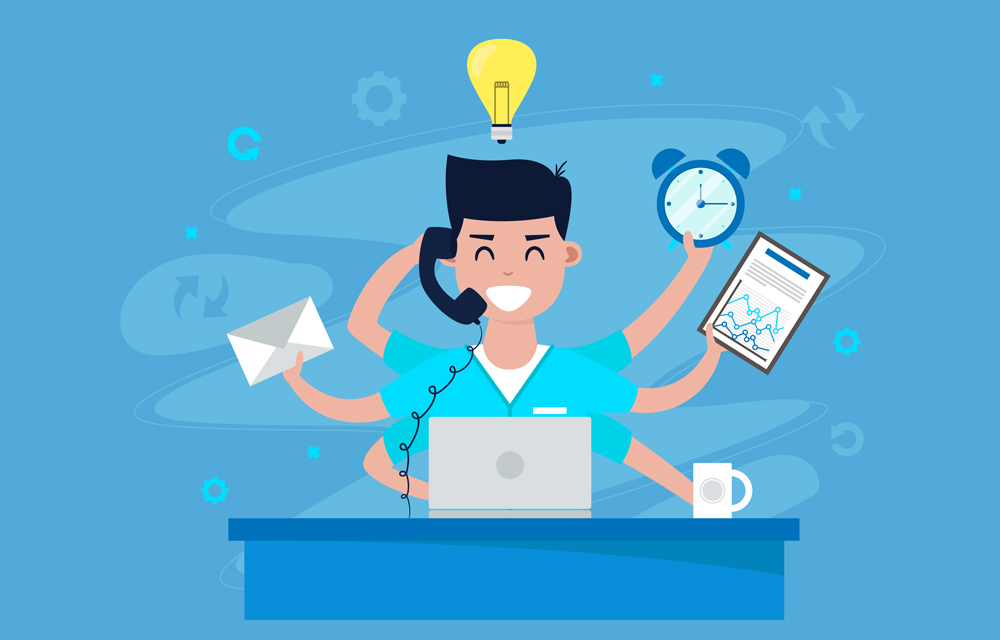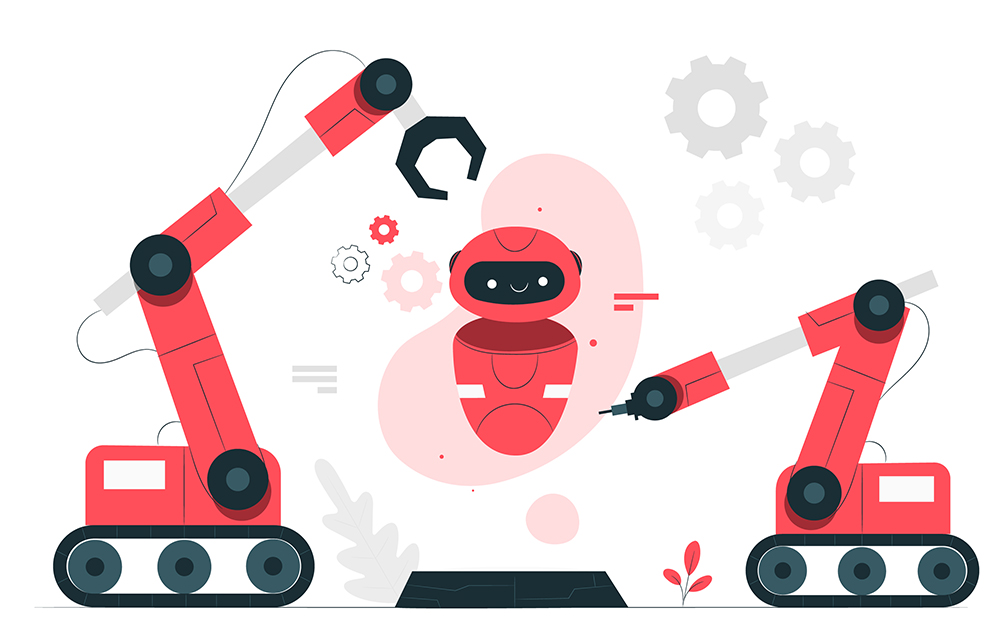It's important to acknowledge the vital role played by administrative professionals in the success of any busi...
Brickwork Blogs


Introduction
In the modern world we live in, productivity has become a buzzword that defines our professional and personal success. Whether at work, school or in our daily lives, the ability to accomplish tasks efficiently and effectively is a common goal. However, in pursuing productivity, we often overlook a crucial element: taking breaks.
It might seem counterintuitive that taking breaks can enhance productivity, as the conventional belief is that constant work leads to better results. This paradox forms the basis of our exploration—the notion that stepping back from tasks can propel us forward. In this blog, we delve into the science behind breaks, aiming to unravel the mysteries of how moments of respite can be catalysts for heightened focus, creativity, and overall well-being.
The purpose of this blog is to dissect the intricacies of the relationship between breaks and productivity, backed by scientific evidence and expert insights. We will explore how the human brain functions in the context of work, unravel the physiological aspects of breaks, and examine various types of breaks, from micro-breaks to longer intervals, to uncover their unique contributions to our cognitive abilities. By the end of this journey, we hope that readers will not only appreciate the value of taking breaks but also feel empowered to integrate strategic moments of rest into their daily routines for enhanced productivity and overall well-being.
The Human Brain and Productivity
A. Cognitive fatigue and its impact on performance
To comprehend the science of breaks, it's essential to understand the concept of cognitive fatigue. The human brain, like any other muscle, can become fatigued after prolonged periods of focused activity. Cognitive fatigue manifests as a decline in attention, decision-making abilities, and overall cognitive function. We'll delve into the neurological processes that contribute to cognitive fatigue and how it affects our ability to maintain optimal productivity levels.
B. How the brain's attention span works
Exploring the intricacies of the brain's attention span is crucial in understanding why breaks play a pivotal role in sustaining productivity. We'll discuss attentional resources, the role of neurotransmitters, and the limitations of sustained focus. This section will shed light on how the brain naturally experiences peaks and troughs in attention and why strategic breaks can help rejuvenate and replenish these cognitive resources.
C. Introduction to the concept of the "Pomodoro Technique"
One effective method for aligning productivity with the brain's natural rhythm is the Pomodoro Technique. Named after the Italian word for "tomato," this time management approach involves breaking work into intervals, traditionally 25 minutes in length, separated by short breaks.
Types of Breaks and Their Effects
A. Micro-breaks: Quick and effective strategies
Micro-breaks are brief pauses in activity that, despite their short duration, can have a significant impact on productivity. We'll delve into the science behind micro-breaks, exploring how even a minute or two of relaxation can help alleviate mental fatigue, reduce stress levels, and enhance overall well-being.
B. Short breaks: The power of stepping away
Short breaks, ranging from five to fifteen minutes, offer a valuable opportunity to step away from tasks and recharge. We'll examine the physiological and psychological effects of short breaks, including improved concentration, enhanced mood, and stress reduction.
C. Long breaks: Rejuvenating the mind for sustained productivity
Longer breaks, such as lunch breaks or extended pauses between work sessions, play a crucial role in rejuvenating the mind and ensuring sustained productivity throughout the day.
Scientific Studies on Breaks and Productivity
According to a study carried out by the National Library of Medicine under National Centre for Biotechnology Information, data shows clear evidence of the role of micro-breaks for the well-being of employees. It should also be noted that for tasks that are highly depleting, more than 10-minute break may be necessary.
Alejandro Lleras, psychology professor at the University of Illinois and postdoctoral fellow Atsunori Ariga tested a batch of participants on their ability to focus on a repetitive computerized task for approximately an hour under different conditions. The finding of the study clearly showed that when being engaged in long tasks, it is advisable to impose brief breaks which will in turn help to stay focused in the task.
A. Example demonstrating the impact of breaks on work performance
Imagine a marketing agency grappling with a high-pressure environment and looming deadlines. The team was accustomed to working long hours without breaks, believing that constant effort was the key to meeting client demands.
Recognizing the toll this approach was taking on both creativity and job satisfaction, the agency implemented a "creative break" policy. Team members were encouraged to take short breaks during the day to engage in activities unrelated to work, such as playing games, taking part in quick brainstorming sessions, or simply stepping outside for fresh air.
The impact was transformative. Not only did the team experience a surge in creativity, resulting in more innovative campaign ideas, but there was also a noticeable improvement in overall morale. Employee satisfaction surveys indicated reduced stress levels, increased job satisfaction, and a renewed sense of enthusiasm for tackling challenges. This real-life scenario underscores the significant positive effects that intentional breaks can have on both individual well-being and the collective productivity of a work team.
B. Expert opinions on the relationship between breaks and productivity
Dr. Emily Gibson, a renowned neuroscientist and productivity expert, emphasizes the critical role breaks play in optimizing cognitive performance. She asserts, "Our brains are not designed for sustained focus over extended periods. Breaks act as a reset button, allowing the brain to replenish depleted cognitive resources and prevent burnout.
Studies consistently show that brief pauses in work lead to increased concentration, improved problem-solving abilities, and ultimately, higher productivity levels. It's not about working harder but smarter, and strategic breaks are an integral part of working smarter."
Dr. Gibson's insights highlight the scientific foundation supporting the positive correlation between breaks and productivity. Her expertise underscores the importance of incorporating intentional moments of rest into daily routines to foster long-term cognitive well-being and sustained high performance.

Strategies for Optimal Breaks
A. Tips for effective micro-breaks
Micro-breaks, though brief, can be potent tools for rejuvenation when approached strategically.
B. Creating a conducive break environment
The environment in which breaks occur can significantly impact their effectiveness. Factors such as lighting, comfort, and the inclusion of nature or calming elements will be discussed. A thoughtfully crafted break environment enhances the psychological benefits of breaks, promoting relaxation and mental recharge.
C. Integrating breaks into different work settings
Recognizing that work settings vary; this section will provide tailored strategies for integrating breaks into different environments. Whether working in a traditional office, a remote setting, or a hybrid model, individuals face unique challenges. Strategies will include adapting break routines for those working from home, incorporating breaks into collaborative team environments, and addressing challenges in open-office settings. This adaptability ensures that the benefits of breaks can be harnessed regardless of the work context.
Tools and Apps for Break Management
A. Overview of technology designed to enhance break effectiveness
Understanding the technological landscape allows individuals to leverage tools that align with their preferences and work style, transforming breaks from an afterthought into a consciously managed aspect of their routine.
B. Recommendations for popular break management apps
Building on the overview, this section will offer specific recommendations for popular break management apps. These may include applications that guide users through short mindfulness exercises, provide interval timers for the Pomodoro Technique, or offer suggestions for quick physical activities. Some popular break management apps that one can use on a computer are Awareness, Big Stretch Reminder, and Workrave.
C. DIY strategies for those who prefer analog approaches
Traditional hourglasses and analog planners are great options for individuals who appreciate tangible tools for incorporating breaks into their routines without relying on technology.
Balancing the discussion between digital and analog approaches ensures that readers can choose tools that resonate with their personal preferences and workflow.
Also Read: Productivity Tips and Tricks for Busy Executives
Conclusion
The science of breaks unveils a compelling narrative about the symbiotic relationship between rest and productivity. Through an exploration of cognitive fatigue, attention spans, and the profound impact of strategic breaks, we've uncovered a wealth of evidence supporting the idea that moments of respite are not merely indulgences but essential components of a thriving work routine.
Scientific studies, real-world cases, and expert insights collectively affirm that breaks contribute not only to heightened productivity but also to overall well-being. As we navigate the demands of our fast-paced lives, embracing the science-backed notion that breaks are catalysts for improved focus, creativity, and job satisfaction can revolutionize our approach to work, leading to a more balanced and sustainable path to success.


